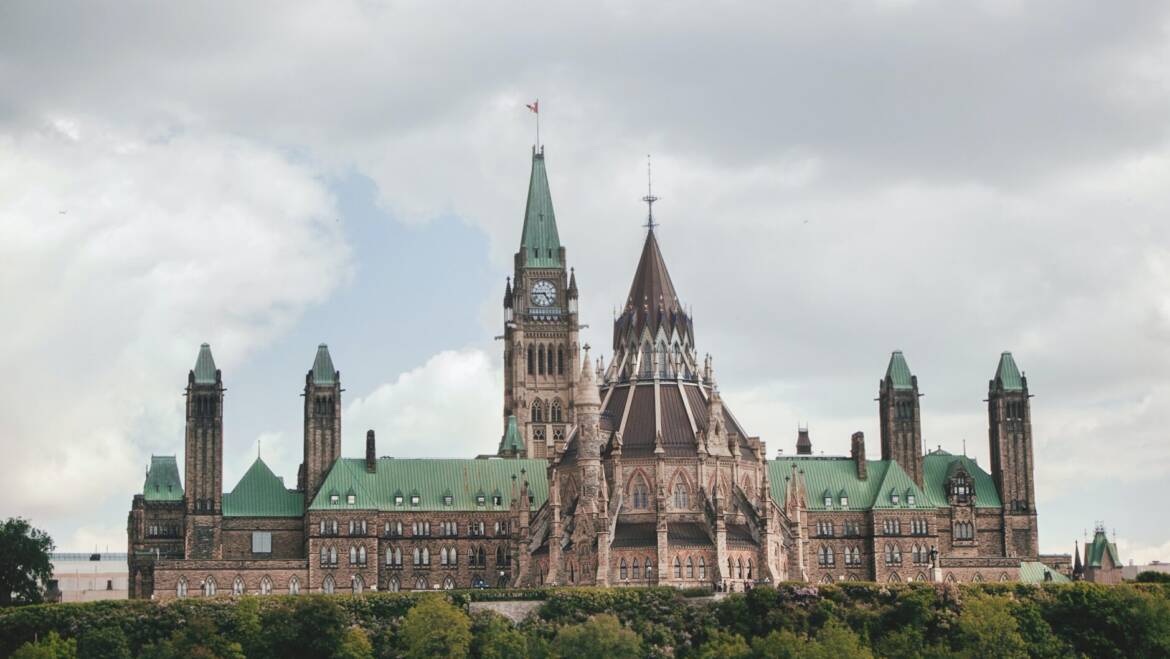IRCC 2022-2024 Immigration Levels Plan
At present, Canada is welcoming newcomers more than ever. In 2021, Canada granted permanent residency to more than 405,000 newcomers. This is the most immigrants in a single year in Canada’s history.
The contribution to the economy by newcomers is highly valued in Canada. During the critical time of the pandemic, the immigrant population among the workforce has contributed significantly to the healthcare, transportation, and manufacturing sectors. And it has only strengthened the opportunity for aspirant immigrants to call Canada their home.
During the trying times of the pandemic, a lot of people had to be let go of their jobs. A lot had to pivot in their career path or simply sit home waiting for the better days. In recent times, a lot has rejoined the job market. However, still, there are hundreds of thousands of positions still waiting to be filled with qualified personnel. Also, by end of this decade, 5 million Canadians are set to retire, creating a huge gap in the labor market. This indicates a strong upcoming need to fill out the empty job positions with the right workforce. And for Canada, immigration has always been the pathway to fill up the gaps in the labor market.
To support this need vs supply gap in the labor market, the Government of Canada recently announced a plan, The Immigration Levels Plan. This plan aims to modernize Canada’s immigration system to fuel economic recovery and improve client experience to encourage more people to immigrate to Canada. In a recent news release from IRCC (Immigration, Refugees and Citizenship Canada), it was evident that the Government of Canada highly values the contribution of immigrants to the economy of Canada and they are working on making it easier for many more newcomers to smoothly transit to Canada.
Under the preceding circumstances, the Canadian Government is determined to accelerate the immigration process to welcome immigrants at a rate of about 1% of Canada’s population, including 431,645 permanent residents in 2022, 447,055 in 2023, and 451,000 in 2024.
Canada as a country has always been popular among the immigration-seeking population. However, many of its regions face difficulty attracting and retaining newcomers. The recently announced plan by IRCC will help increase the attraction and retention of newcomers in those regions with critical economic, labor, and demographic challenges.
Highlights of the plan are:
- Welcoming newcomers amounting to 1.14% of the Canadian population by 2024.
- Admitting approximately 60% to the Economic Class to establish a long-term focus on economic growth.
- Providing additional assistance to vulnerable populations such as the special measures for granting permanent residence to refugee claimants who work in health care during the pandemic.
- Providing ‘safe haven’ through humanitarian immigration to those facing persecution.
- Retaining talent granting permanent status to temporary residents, who were accepted through the time-limited pathways for essential workers launched in spring 2021 and are already in Canada.
This plan also emphasizes the significance of family reunification and supports maintaining the 12-month processing time standard for spouses and children.
Canada also puts great importance on its global humanitarian commitments. As a part of the plan, it commits to resettling at least 40,000 Afghan nationals over the next 2 years.
The 2022–2024 Immigration Levels Plan targets to strengthen Canada’s place as an immigration destination for world talent by creating favorable economic growth during the post-pandemic era while reuniting families with their loved ones and fulfilling its humanitarian commitments.


Add Comment